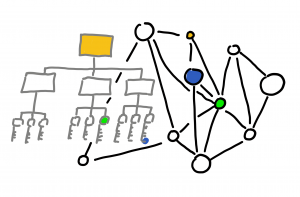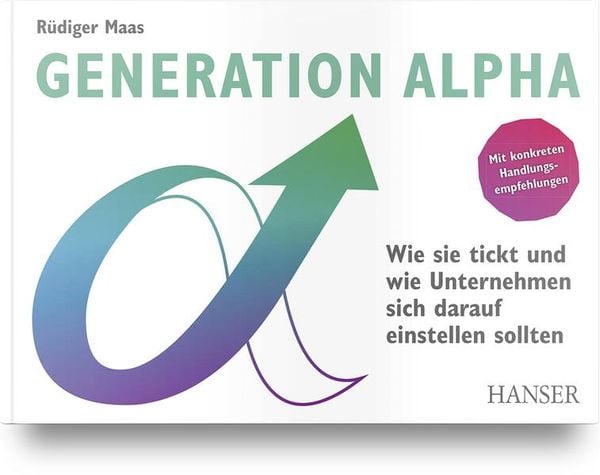Leadership Development’s benefits from Network Theory
 Over the last years, network theory and network analysis made significant progress. We are now able to analyse social networks in real-time and with real data. User-friendly tools and programming languages are available. And in mathematics and applied mathematics, huge progress has been made to describe and measure networks and their characteristics. Albert Lázló Barabási for example is well known for his work about scale free networks and application of network analysis on many topics, like metabolism, genome analysis or well tasting combinations of food ingredients. In social science, psychology and management science, team dynamics and the informal network structures in organisations (networks) are no longer a secret myth, but a valuable dimension do analyse, reflect and even design. Every practitioner knows that organisational behaviour and individual interactions go far beyond the formal organisational structure.
Over the last years, network theory and network analysis made significant progress. We are now able to analyse social networks in real-time and with real data. User-friendly tools and programming languages are available. And in mathematics and applied mathematics, huge progress has been made to describe and measure networks and their characteristics. Albert Lázló Barabási for example is well known for his work about scale free networks and application of network analysis on many topics, like metabolism, genome analysis or well tasting combinations of food ingredients. In social science, psychology and management science, team dynamics and the informal network structures in organisations (networks) are no longer a secret myth, but a valuable dimension do analyse, reflect and even design. Every practitioner knows that organisational behaviour and individual interactions go far beyond the formal organisational structure.
We know that network structures and patterns have a significant impact on the efficiency and effectiveness of work in many areas, for example:
- Team interaction changes over time, for the good and the bad, from the foundation of the team, to the end of lifecycle of it.
- The success of innovation processes depend significantly on the communication network structures in each phase of the innovation process, from idea generation, idea elaboration down to implementation.
- The specific communication and interaction patterns of leadership teams and leaders networks can have significant impact on the way, how organisations stabilise and develop, how organisations reflect their own behaviour and see their environments.
- In change management, the informal networks determine significantly the spread and dynamics of the adaptation process.
- Organisational culture as a representation of the emergent and non-decisive social rules and norms are significantly based on the hidden network structures.
At xm-institute, I experiment with social network analysis and network design in different areas for a certain amount of time now and I believe that this approach will have a huge impact on the way OD and LD is done over the next decade.
But already today, the knowledge of networks can and should be used more intensively in modern leadership development (LD). This helps to generate the impact of the program not just by accident or chance, but in a planned way. Some approaches we are working or experimenting with to improve todays impact of LD programs:
- Definition of the desired outcomes of a LD measure and combination with of usage of network analysis to understand the initial situation of the leadership teams or the overall leadership community. This helps to set up the “right” groups for LD workshops and other measures in LD programs to generate the highest impact possible to reach the defined program goals.
- Tracking of the network structures before and after the LD measures to observe effects, changes and patterns or even define specific interventions in the right area.
- Teaching basic understanding of “state of the art” social network theory as well as application of it in different areas during leadership development workshops.
- Usage of network analysis and network visualisation to reflect the own current status as a leader within the leadership community or within specific leadership teams
Using network analysis and the understanding of social network theory in leadership and leadership development seems, from todays early perspective, similar to the step away from the head trepanation with stone tools in Stone Age or leg amputation with a sword in medieval age to the minimally invasive brain surgery today.







Leave A Comment